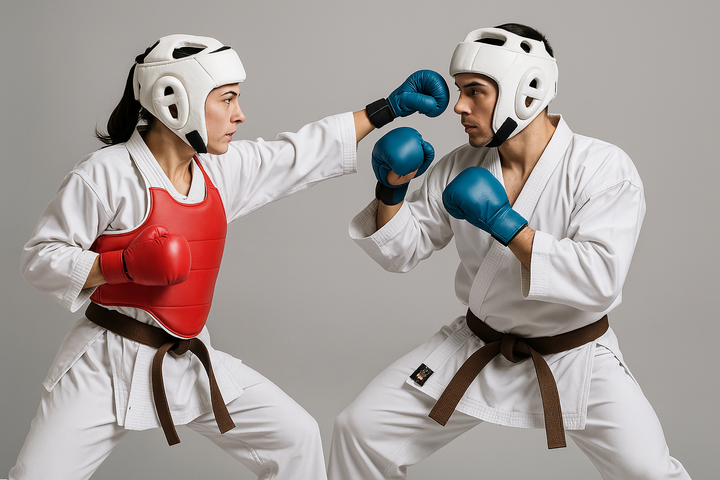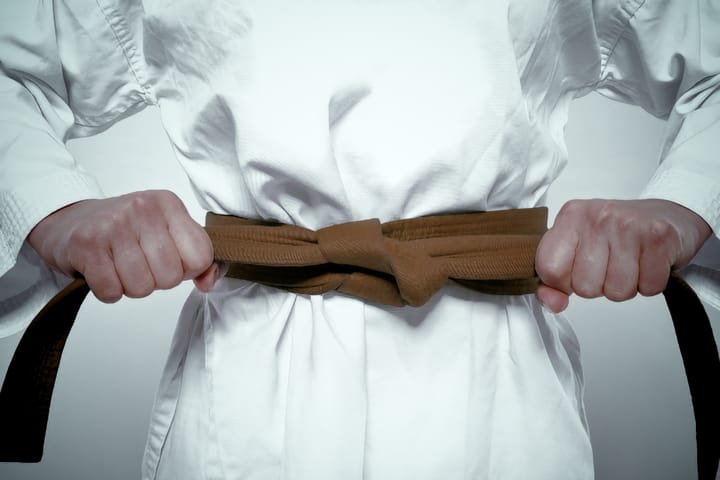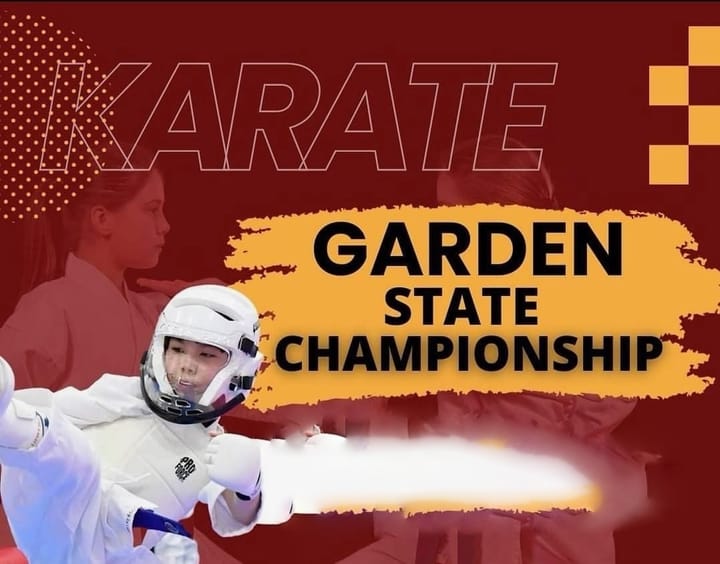How Karatedō and martial arts has been funded through the centuries.
Any dojo has to exist in the commercial world, regardless of whether it is a for-profit or a non-profit (like Goju Karate; read more about that here).
Historically, how martial arts training is paid for has changed over the centuries. And the nature of payment has changed as well: from simply paying for instruction (in Feudal times) to both paying for the opportunity to train as well as supporting a dojo community (in modern times).
Feudal Japan
In Feudal Japan (from the Kamakura Period to the beginning of the Edo Period; from around 1200AD to about 1600AD), martial arts was paid for in two ways.
In the early part of the Kamakura Period, daimyo (lords of both both small and vast feudal areas) were responsible for training, and provided it as part of their services to their vassals. In general, daimyo did some of the training themselves, appointed some vassals to do training for them, and occasionally paid for teachers ("sensei") to visit their training halls and teach.
However, as the Kamakura Period progressed and Japanese society stabilized, traveling teachers would be invited to train vassals almost exclusively. They were paid by the daimyo directly, and generally in one lump sum for a period of time, regardless of the number of students or training days.
The Edo Period
However, as the Kamakura Period wore on, many daimyo didn't have the ability to train their own vassals, and many also didn't have the financial resources to pay for the constant training that their own liege-lords required of them.
So it became quite common to have martial arts teachers do most of the training. Again, they tended to be paid on a contract basis, although some did take on students who trained at their own homes. These "garden dojo" were rare in the Edo Period, but they existed, and they became the model for the dojo that would follow in the 1800s.
This was also the beginning of the uechi-deshi, the "inside student" who lived and worked at their Sensei' home or training hall, doing whatever was required, in exchange for access to Sensei and for the opportunity to learn. Again, this was rare in the Edo Period, but it most definitely existed, and it would set the model for modern-day martial arts training.
Nineteenth Century
As the Nineteenth Century dawned in Japan, the world was a markedly different place than it was during most of the Edo Period.
Many daimyo were no longer wealthy. And there was almost no actual conflict among daimyo and even among individuals. While certainly the possession and act of carrying the two swords (the dai-sho) still marked one's social position, it was rare that those weapons were actually used.
In Okinawa and in mainland Japan, meanwhile, actual dojo were begining to form. They taught karatedō, kendō, and jujitsu, and they were all headed by a Sensei. During this time period, each dojo was small, with only one main instructor and perhaps a few senior students.
The main instructor was usually the dojo founder, and he was now, for the first time, paid directly by students. And dojo now were clearly distinct from any daimyo's training hall (and obviously, with the end of the Feudal era in Japan, the end of formal daimyo, and the Meiji Restoration, there were no more training halls associated with daimyo).
(In fact, most dojo were, literally, the garden of Sensei's house. Most training was outdoors.)
Payment would occur on two separate occasions. The main "tuition" payment was paid at new year, ususally before or right after Kagami Biraki (read more about Kigami Biraki here). Payment would be made by placing it in a basket designated for that purpose, sometimes with a related note thanking Sensei for the opportunity to train with him.
(Interestingly, payment was simply placed in a basket, without an envelope or other identifying mark. The idea of students at a dojo not paying would be incomprehensible to karateka of that day, so there was no need to associate a payment with a student. If any notes were placed in the basket, they were separate and never included with payment, since that would be considered inappropriate and even rude.)
A separate payment or gift (it may have been a payment "in kind" such as commercial goods or foodstuffs) was usually made on the birthday of Sensei as a token of appreciation. Generally, this was handed directly to Sensei, and was never expected to take the place of tuition or even to be of substantial value.
The Modern Era
By the time the Twentieth Century saw the establishment of what we would view as modern dojo, the way that dojo were financially supported also changed.
Starting in the late Nineteenth Century (with the founding of the Kodokan dojo, by Jigorō Kanō) a formal tuition system began to be employed at dojo throughout Okinawa and Japan.
While tuition began as an annual payment, over time a periodic payment system (usually quarterly, until after 1948, when it was usually monthly) became the norm.
It is important to remember that tuition payments were both payment for the opportunity to train (i.e., tuition) and also payment to support the dojo (i.e., membership).
Even today, a well-educated karateka understands that what he or she pays to train fulfills both roles: as student, and as a member of the dojo community.
Tuition is paid regardless of whether you attend classes (for instance, you might be away from the dojo for an extended period of time, or unable to train due to injury for a significant period of time). One does not "stop" and "re-start" being a karateka at a dojo – the concept is foreign to martial arts.
And by tradition, all students pay the same amount, regardless of rank. (Although senior students, especially blackbelts, are expected to contribute in non-monetary ways, such as mentoring junior students, performing operational tasks at the dojo, assisting classes, and in the cases of blackbelts, teaching).
Our dojo is fortunate that we can offer financial assistance to students or families that are unable to afford the same tuition as other students; however, not all dojo are able to do this.
It's also important to understand that how a dojo handles tuition is important too: in keeping with both the spirit of karatedō and the traditional practices of dojo, it would be inappropriate to charge students fees for rank testing (this would be akin to "paying for a rank" which is anathema to the practice of karatedō). And while some for-profit dojo do have financial arrangements like term contracts, our dojo does not. We expect that students, including the families of students in our kids programs, are serious and committed to training, and are mature and disciplined in how they handle their commitment to supporting the dojo.
Your Karatedō
You support your dojo by training hard. And you support your dojo by sharing your skills and knowledge with your juniors (especially if you're a senior student or blackbelt).
And obviously, your dollars support the dojo financially.
All of these are important aspects of your membership in the dojo community.
But there's more: your karatedō always includes your strong spirit (kokoro) and your awareness (zanshin). Are there things you can do around the dojo to exercise those? Do you help keep your locker room tidy and neat? Do you minimize the foodstuffs you bring to the dojo so as not to burden volunteer staff who have to clean up or take out garbage?
Karatedō is as much a lifestyle as it is a life-journey. Practicing responsibility, taking care of the places you visit and always striving to improve them and yourself in them – these are all the hallmarks of living your karatedō.





